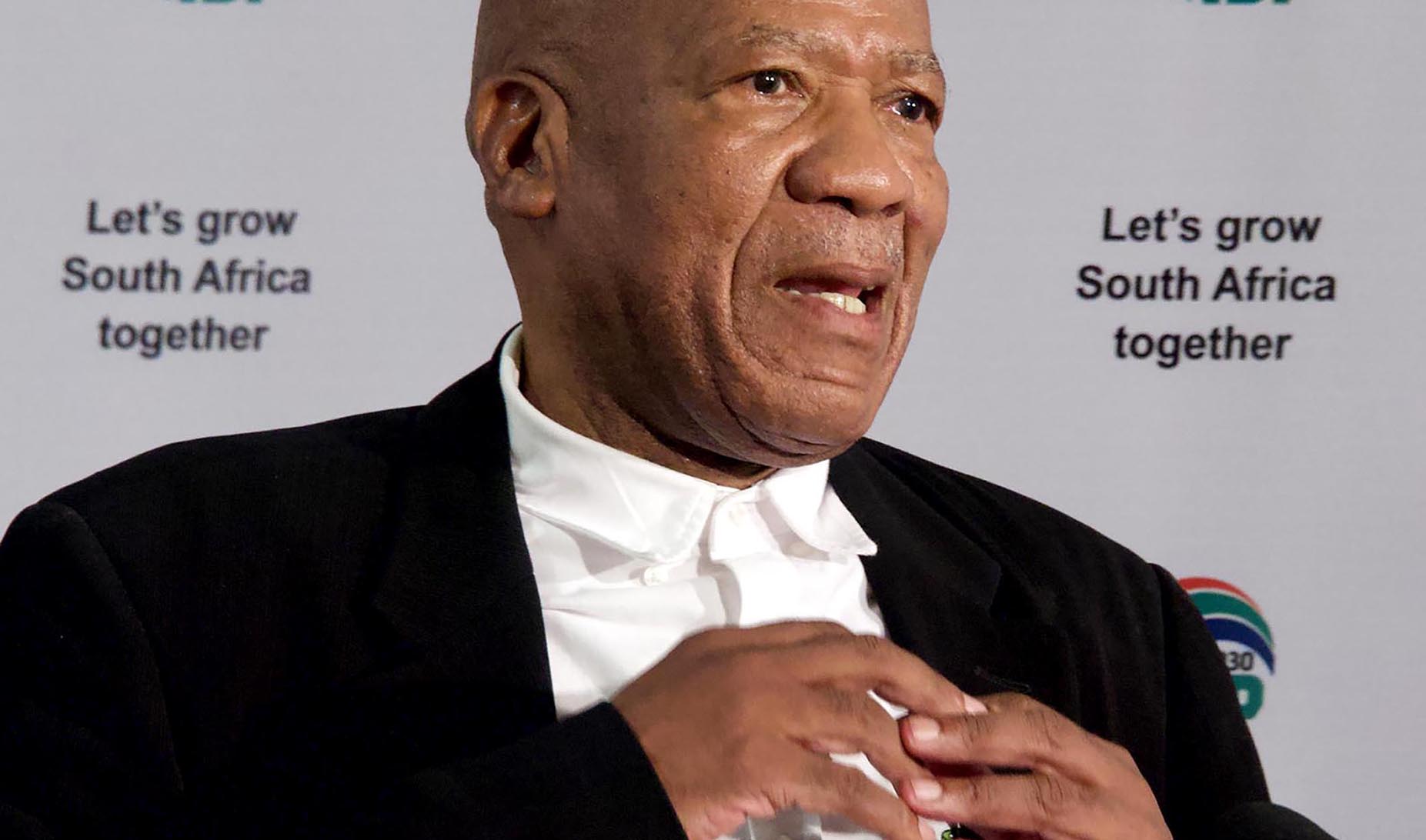The words 'dirty, filthy, and unsafe' kept cropping up when Professor Malegapuru Makgoba, the health ombud, interviewed people about the state of Rahima Moosa Mother & Child Hospital. Makgoba was speaking at a media briefing following the release of an investigation report into allegations against the hospital.
The issues were that expectant mothers were sleeping on the hospital floor, that the CEO, Dr Nozuko Mkabayi, was frequently absent from the ailing hospital, the health and dignity of patients were severely affected, and the wellbeing of healthcare workers was also severely affected.
The investigative team spent close to a year investigating the allegations and concluded that there was incontrovertible proof that confirmed the complaints. The team obtained video footage that corroborated their findings, and whistle-blower Dr Tim De Maayer contributed significantly to the report, said Makgoba.
Read more in Daily Maverick: “A wake-up call for Health Department heads: Children are dying because of horrendous state of our public hospitals”
The findings
Interviews confirmed that pregnant mothers did sleep on the floor, said Makgoba. “The allegation that the dignity of the patient was not being respected becomes really obvious,” he said.
The hospital, built in 1943, has not received any substantial infrastructure upgrades. The ageing infrastructure and sewerage reticulation systems are failing, leading to pipe spillages and toilet blockages. While there is an allocated budget, personnel, and a clear need, there seems to be no ongoing maintenance of the hospital infrastructure.
Despite providing high-risk specialist obstetrics, gynaecology, neonatology, paediatric and surgical services, the hospital’s laboratory and blood services do not operate 24 hours a day, which hampers the hospital’s ability to function efficiently.
 Rahima Moosa Mother & Child Hospital on June 02, 2021 in Johannesburg, South Africa. (Photo by Gallo Images/Papi Morake)
Rahima Moosa Mother & Child Hospital on June 02, 2021 in Johannesburg, South Africa. (Photo by Gallo Images/Papi Morake)
There is only one CT scan machine at the hospital, no hospital board, security challenges, a shortage of nursing staff, and supply chain management issues that could indicate corruption, he added. Overcrowding contributes to hospital infections and there is no ICU facility at the hospital.
Makgoba said the allegation that CEO Mkabayi was not working full-time to ensure the smooth running of the facility, was also found to be true. “The CEO was not at work for 27 days in 2021, and 72 days in 2022,” he said.
The allegation that the health and dignity of patients, and the wellbeing of healthcare workers are severely compromised was substantiated and confirmed, said Makgoba.
Visit Daily Maverick's home page for more news, analysis and investigations
Recommendations
Makgoba recommended that Mkabayi be removed from her position and that there should be a disciplinary inquiry against her. He added that the hospital should adhere to strict criteria for CEO appointments and ensure that competent people are employed throughout the hospital.
The hospital should also establish a fully functional adult ICU within the next six months.
He recommended that the hospital should be one of the first hospitals to be refurbished within six months as it has a collapsing sewerage system, leaking steam pipes, dilapidated buildings and unkempt areas.
Makgoba said the hospital should be classified as a tertiary facility.
A comprehensive implementation plan is also to be submitted to the health ombud within six months, which includes detailed realistic strategies, time-frames, names and contact details of the persons responsible for implementation.
 Health Minister Joe Phaahla described the Office of the Health Ombud report as ‘sobering’. (Photo: GCIS)
Health Minister Joe Phaahla described the Office of the Health Ombud report as ‘sobering’. (Photo: GCIS)
The National Department of Health
Health Minister Dr Joe Phaahla described the report as “sobering” and noted the “harrowing experiences” of patients at the hospitals.
“We note the issues raised in the complaints and the breaches substantiated by our investigations, in particular on the dignity and wellbeing of pregnant women who were expected to sit on plastic chairs in the prenatal ward while awaiting delivery and sleep on the floor due to overcrowding,” he said.
Phaahla said the issues at the hospital are not unique but are a microcosm of issues faced by the public health system. He said the National Department of Health would engage with the provincial department to secure the necessary funding for the infrastructure refurbishment of the hospital and work to reform the human resource and procurement policies.
“We commit to working with the provincial department to expedite the infrastructure refurbishment and management capacity,” he said.
Gauteng Department of Health
The Gauteng Department of Health said it welcomed the findings and would look at “consolidating an implementation plan to address the issues.
“The department has already started actioning some of the issues recommended by the [Office of the Health Ombud], which includes transferring the CEO of RMMCH [Rahima Moosa Mother & Child Hospital] out of the hospital, amongst others,” said Motalatale Modiba, the spokesperson for the Gauteng Department of Health.
The department said it would provide periodical reports to the ombud about the progress being made.
Nomantu Nkomo-Ralehoko, the Gauteng MEC for Health, said the department had started addressing minor infrastructure issues in-house, had monthly meetings with the CEO and financial managers, and was addressing the blood bank issue.
“We have to come up with a plan to finalise what we have started,” she said. DM/MC





